Red deer are large members of the Cervidae family. Other members in the Cervidae family include elk, whitetail deer, fallow deer, moose, axis deer, and more. This large deer species has a distinctly reddish colored coat. They live in Europe and portions of Asia, but humans have also introduced them to a number of other places across the world. Read on to learn about the red deer.
Description of the Red Deer
Red deer are the fourth largest species of deer. Only moose, elks, and sambar deer are larger than red deer. They stand 37 – 51 in. tall at the shoulder, and males weigh 350 – 530 lbs. on average.
Exceptionally large males can weigh up to 1,100 lbs. but this is unusual. Like many members of the Cervidae family, only male red deer have antlers. Their antlers are around 28 in. long on average, and usually weigh about 2 lbs.
Interesting Facts About the Red Deer
These deer are large and charismatic-looking animals. They have a number of unique and helpful adaptations that help them compete and survive.
- Antler Growth – Some particularly large males have antlers that weigh up to 11 lbs. or more! To grow that large, their antlers grow about 1 in. per day while they are growing.
- Antler Structure – Antlers are very different than horns. Members of the Bovidae (cows, antelopes, buffalo, etc.) grow horns, and members of the Cervidae family grow antlers. Antlers are pure bone, while horns have a bony core and a keratin sheath.
- Antler Velvet – Deer shed their antlers and grow new ones every year. While their antlers are growing, a protective skin called “velvet” protects them. The velvet has lots of blood vessels that help the bony antlers grow quickly.
- Shedding Velvet – Once the antlers have reached full growth, the velvet dries up. At this point, the deer rub their antlers against trees, shrubs, rocks, and pretty much anything else to rub it off. With velvet half hanging off their antlers, even the largest, most majestic deer can look a little ridiculous. Sort of like when a human has spinach stuck in his teeth!
Habitat of the Red Deer
Like most deer, red deer live primarily in forests and along forest edges. Their large antlers hinder their ability to move through excessively dense undergrowth, so they usually live in mature forests. Some of their common habitats include grasslands, meadows, moors, and woodlands. In many areas, these deer also adapt to life in farmland and semi-urban parks.
Distribution of the Red Deer
This deer species’ native range runs through much of Europe. Habitat preservation and hunting limitations also allowed these deer to spread into Russia, parts of the Middle East, and south into northern Africa.
Humans have also introduced red deer into areas outside of their natural range. These areas include New Zealand, Australia, and parts of South America. The populations in both their native and non-native ranges vary greatly based on region and human interaction.
Diet of the Red Deer
Like most of the other members of the Cervidae family, these deer are herbivores, which means they eat plants. They browse on plants and graze on grasses, depending on season and availability. This species will eat a variety of different plants and plant parts, from stems to leaves, grasses, buds, and more. Some of their favorite species of plants are red maple, dandelions, eastern hemlock, aster, clover, staghorn, cedar, and more.
Red Deer and Human Interaction
This species’ interaction with humans varies based on the region. Humans in some areas hunt them more heavily, they are more prone to car strikes, and impacted by habitat destruction. In other areas, they largely avoid human interaction and activity. The population as a whole is stable, though regional subspecies differ. The IUCN lists red deer as Least Concern.
Domestication
Humans have not domesticated red deer in any way.
Does the Red Deer Make a Good Pet
No, red deer do not make good pets. They are a very large species of deer, and could potentially injure or kill if threatened. Overall, they are wild animals, and would make poor pets.
Red Deer Care
In zoos, red deer require similar care to elk and other large cervids. They need secure fencing, and plenty of space to exercise. Because they are social animals, they also need to live in small herds.
Their habitats should have plenty of grass and plants for them to browse on. Zookeepers also feed them pelleted feed, hay, mineral supplements, fruits, and vegetables.
Behavior of the Red Deer
Most of the year, these deer live in small groups called herds. Herds are usually all-male or all-female outside of the breeding season. They spend much of their time foraging for food, and all of the members of the herd listen for potential threats.
As breeding season approaches, males search for herds of females, and defends them from other males. The largest, strongest male protects his harem of females from other males and produces the most offspring.
Reproduction of the Red Deer
Once female deer are 2 years old, they begin to reproduce. The gestation period has some variation, and is usually between 240 and 262 days long. They give birth to a single baby, called a “calf,” which is born with spots, which fade as they get older.
Calves are usually about 33 lbs. at birth, and they grow quickly. By the time the calves are 2 months old their mother has weaned them off her milk.
Beliefs, Superstitions, and Phobias About the Red Deer
Different types of art forms and cultures throughout history feature these deer. European caves often have red deer cave drawings, which researchers estimate are up to 40,000 years old, depending on the depiction. They are important animals to many different cultures.

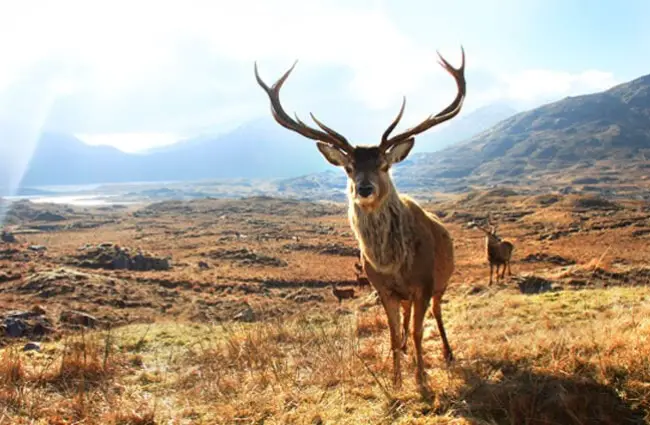
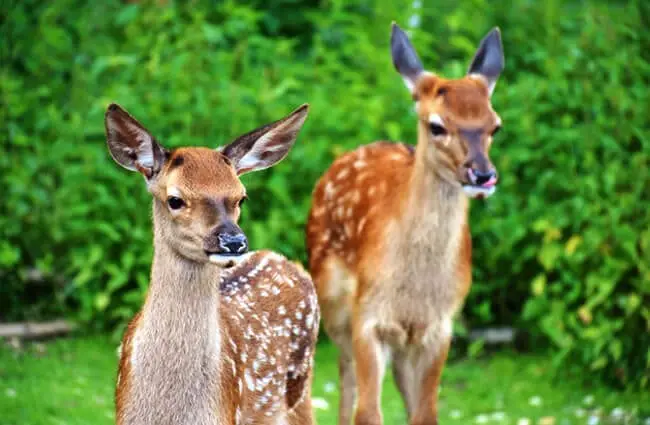
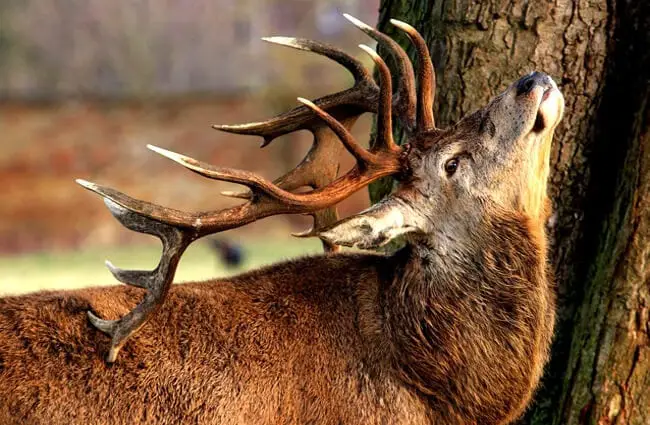
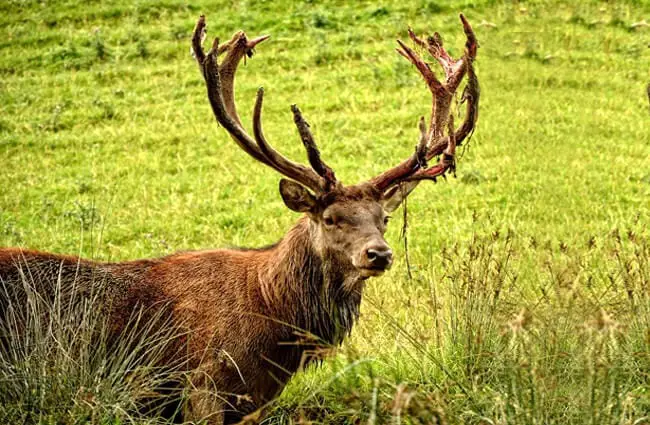
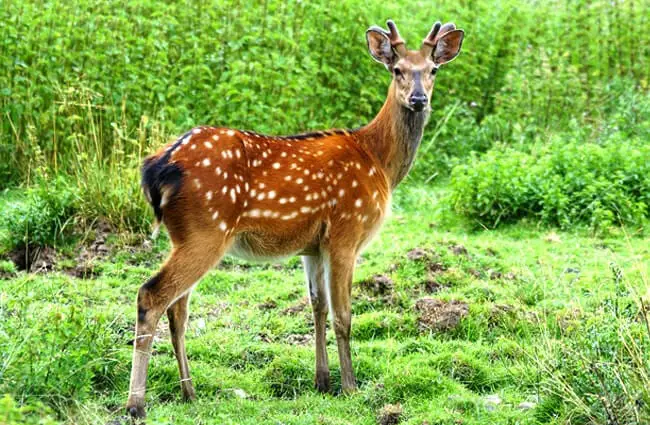
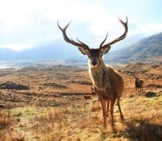
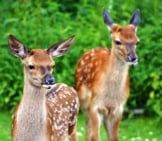
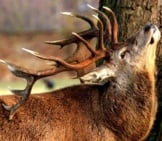
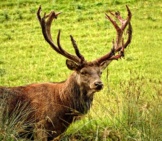

![Red Angus Closeup of a beautiful Red Angus cowPhoto by: U.S. Department of Agriculture [pubic domain]https://creativecommons.org/licenses/by/2.0/](https://animals.net/wp-content/uploads/2020/03/Red-Angus-4-238x178.jpg)


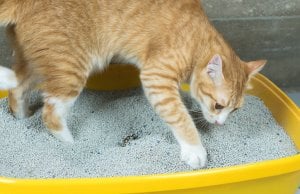
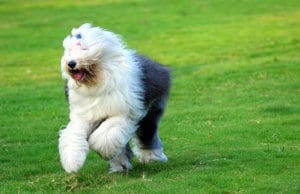


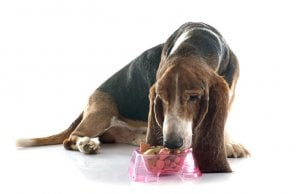

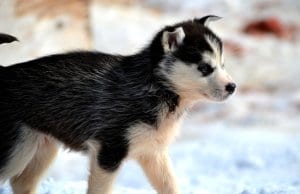


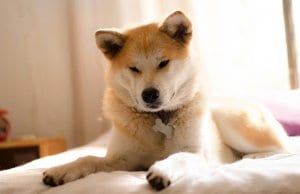
![Red Angus Closeup of a beautiful Red Angus cowPhoto by: U.S. Department of Agriculture [pubic domain]https://creativecommons.org/licenses/by/2.0/](https://animals.net/wp-content/uploads/2020/03/Red-Angus-4-100x75.jpg)

